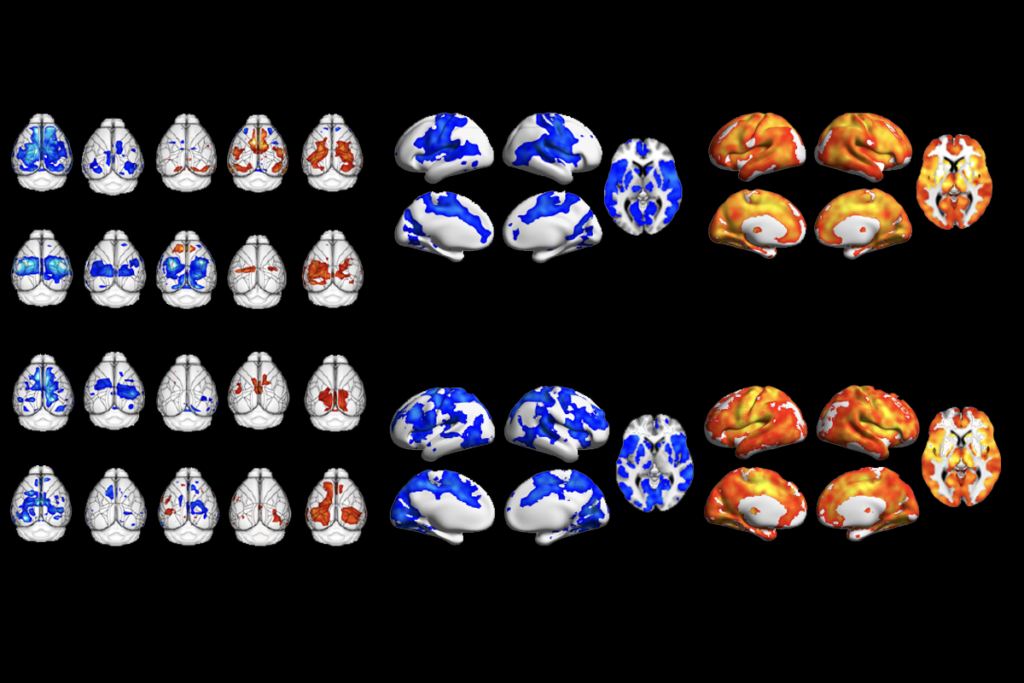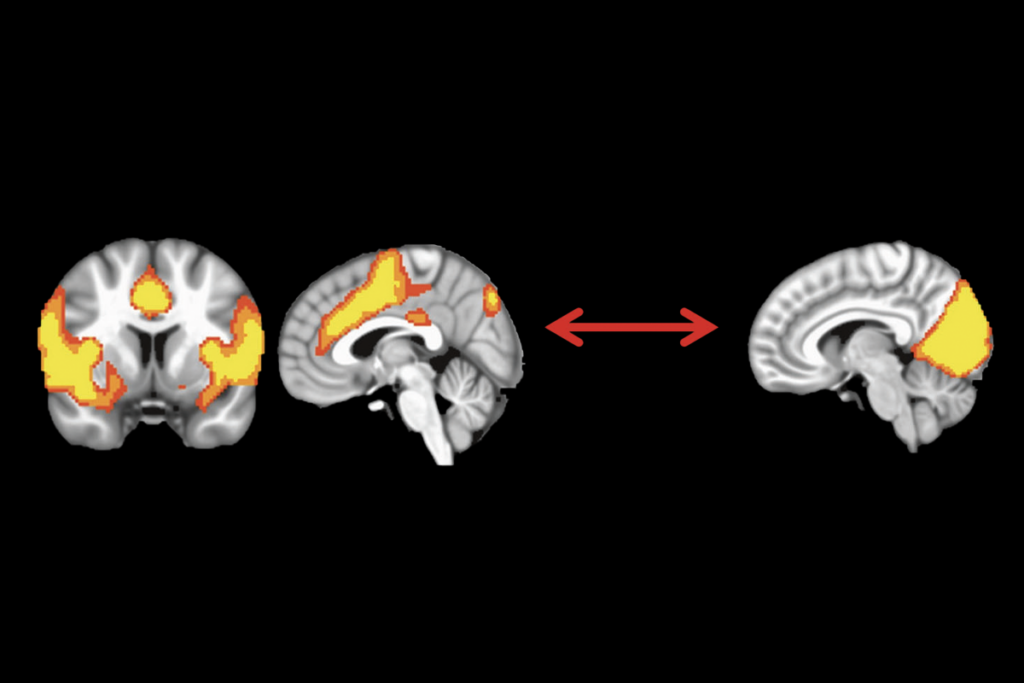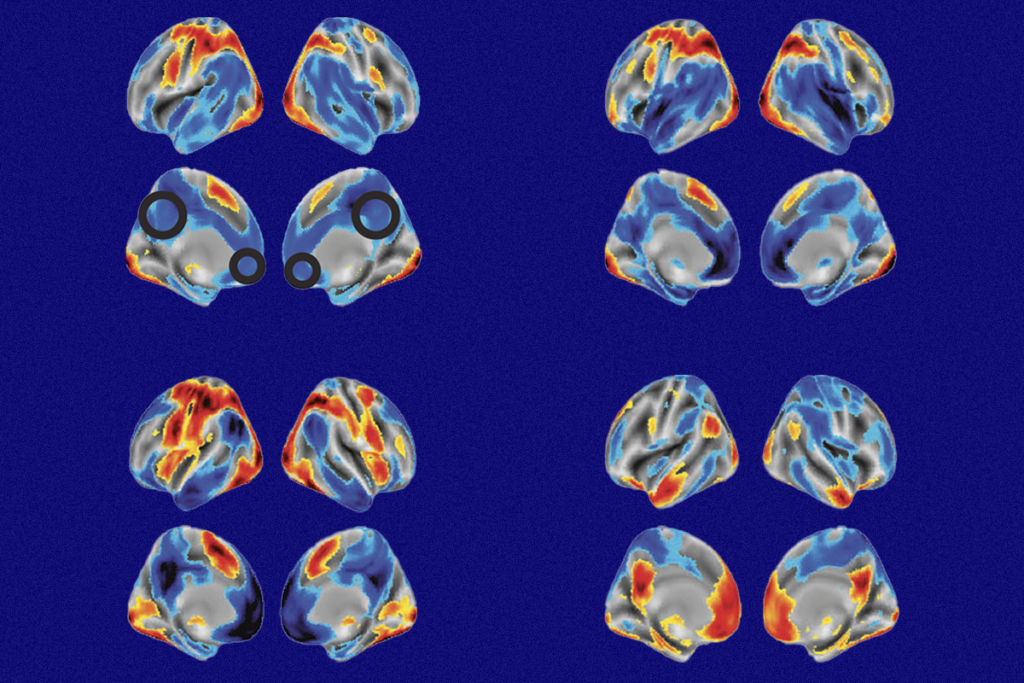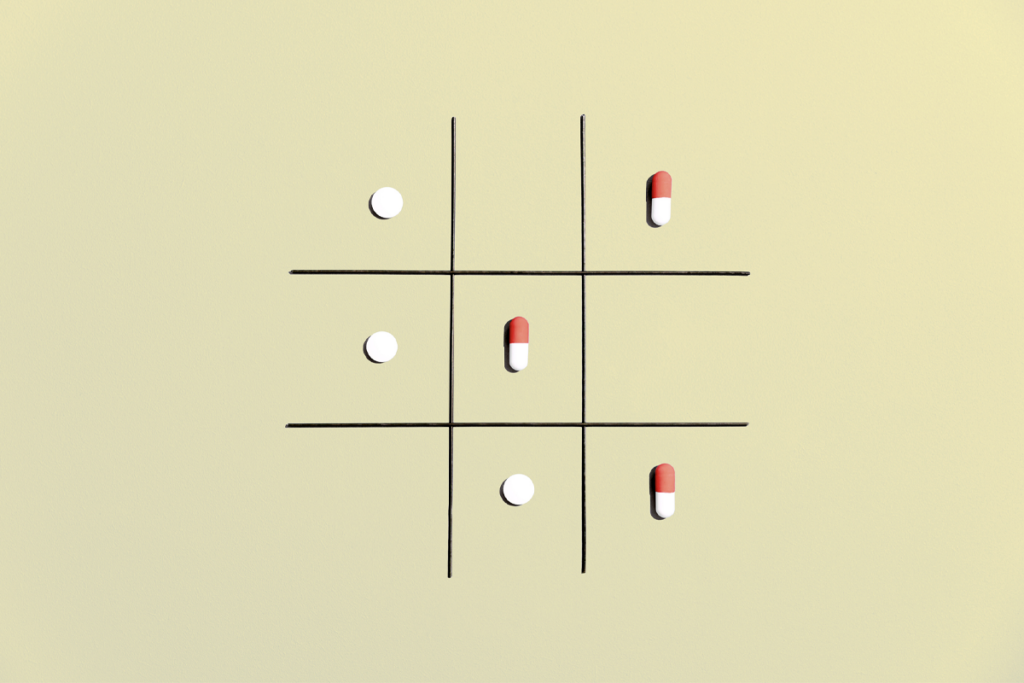Pattern of chemical tags on DNA altered in autism brains
DNA from autism brains shows elevated levels of a certain type of chemical tag that influences gene expression compared with DNA from controls.
DNA from autism brains shows elevated levels of a certain type of chemical tag that influences gene expression compared with DNA from controls. Researchers presented the unpublished results, which come from the largest genome-wide screen of these tags in autism brains, today at the 2016 International Meeting for Autism Research in Baltimore.
The researchers examined tags called methyl groups that attach to DNA and tend to turn genes off. They zeroed in on two types, both of which attach to the DNA letter cytosine. ‘CpG’ methyl groups bind to a cytosine next to the DNA letter guanine; ‘nonCpG’ methyl groups stick to a cytosine that precedes any other DNA letter. CpG methyl groups occur in most body tissues, whereas nonCpG methyl groups are more prevalent in the brain.
Comparing brain tissue from 32 people who had autism with that of 40 age-matched controls, the researchers found no single letters in the genome where methylation of either type differs significantly between the groups.
When the researchers looked at methylation patterns across the genome, however, they saw excess nonCpG methylation in the autism group. In contrast, the groups show comparable levels of CpG methylation.
Finding beacons:
The excess nonCpG methylation tends to land in regions known as ‘beacons,’ which carry CpG methyl tags in people but not in other primates, suggesting that they are involved in the evolution of humans.
“Our nonCpG methylation is tracking to these sites that have been identified as human-specific CpG methylation regions, suggesting that these beacons are important not just for CpG methylation but also nonCpG methylation as well,” says lead investigator Dan Arking, associate professor of genetic medicine at Johns Hopkins University in Baltimore, who presented the findings.
Arking’s team has yet to determine the significance of these alterations in autism. He says that the regions with excess nonCpG methylation do not overlap with the genes that his team previously found to be expressed at different levels in autism and control brains.
“My initial thought was that all these approaches would point to the same candidate genes,” Arking says. “I think each of these is pointing us to different pieces of autism.”
For more reports from the 2016 International Meeting for Autism Research, please click here.
Recommended reading

Too much or too little brain synchrony may underlie autism subtypes

Developmental delay patterns differ with diagnosis; and more

Split gene therapy delivers promise in mice modeling Dravet syndrome
Explore more from The Transmitter

During decision-making, brain shows multiple distinct subtypes of activity

Basic pain research ‘is not working’: Q&A with Steven Prescott and Stéphanie Ratté
